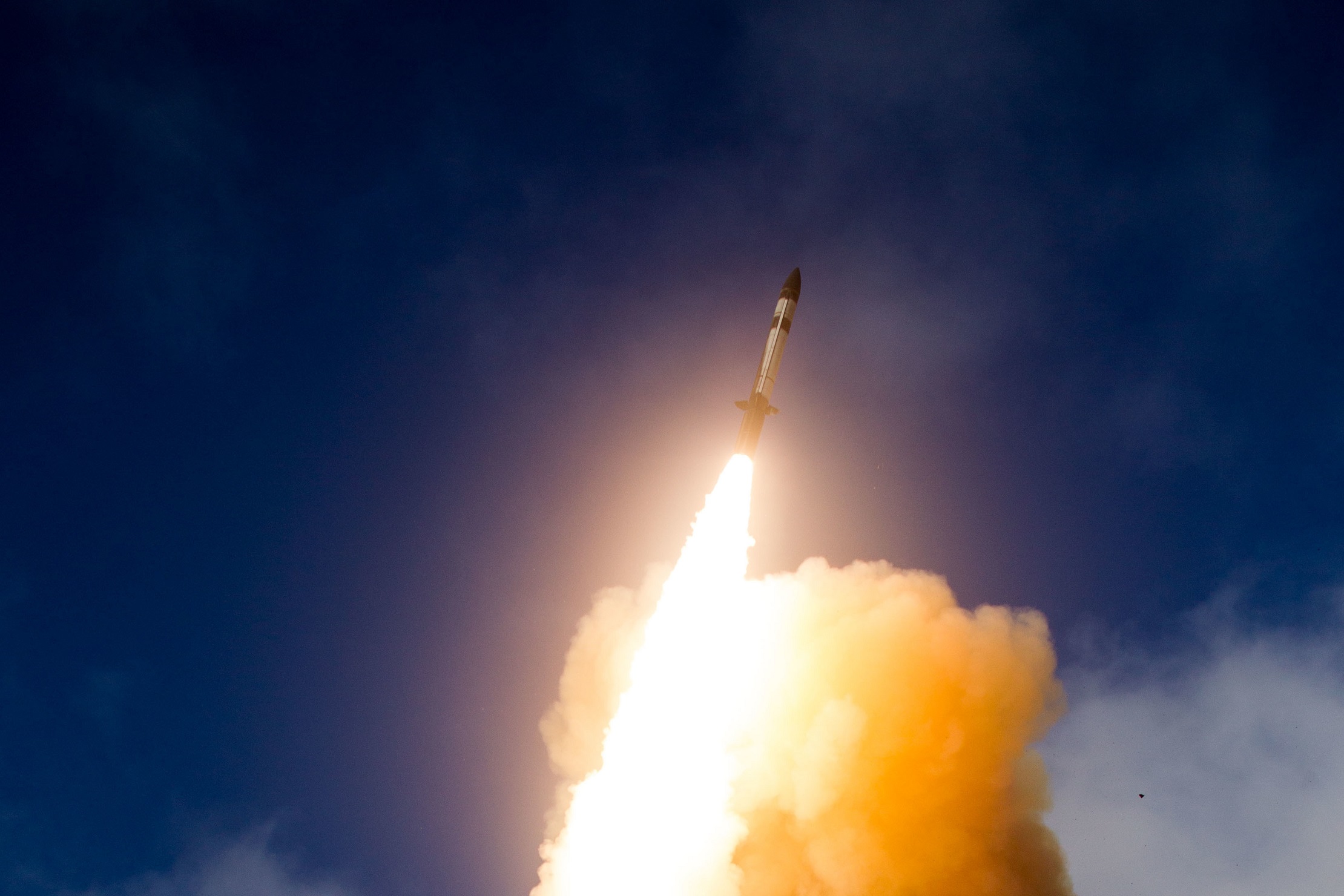
U.S. defense company Raytheon has received a $1 billion contract modification for Standard Missile-3 Block IIA.
The modification to the previously awarded contract provides definitize the previously awarded SM-3 Block IIA fiscal 2018 undefinitized contract action (UCA) under contract line item numbers (CLINs) 0014 and 0015 for U.S. and Foreign Military Sales (FMS) All-Up Rounds (AUR)s production with a total value of $650,638,397; award the fiscal 2019 SM-3 Block IIA U.S. and FMS AURs under CLINs 0016 and 0017 for a total value of $590,322,857; and establish option CLINs 0018 and 0019 for the fiscal 2020 SM-3 Block IIA U.S. and FMS AUR production for a total value of $435,978,438.
Under this modification, the contractor will provide the management, material and services associated with the procurement, manufacture and assembly for a total of 62 SM-3 Block IIA AURs, inclusive of all options. This modification increases the total cumulative face value of the contract by $1,022,573,692 from $1,467,045,869 to $2,489,619,561. The Missile Defense Agency, Dahlgren, Virginia, is the contracting activity.
The SM-3 Block IIA is being developed cooperatively by the United States and Japan to defeat medium- and intermediate-range ballistic missiles. The SM-3 Block IIA interceptor operates as part of the Aegis Ballistic Missile Defense system and can be launched from Aegis-equipped ships or Aegis Ashore sites.
It uses a kinetic warhead to strike the target, the so-called hit-to-kill approach.
The first successful test of the Block IIA variant occurred in 2015, but more recent tests have been hit-and-miss.
The Block IIA variant also is the centerpiece of the European missile defense system. It will be deployed ashore in Poland to complete Phase 3 of the European Phased Adaptive Approach.